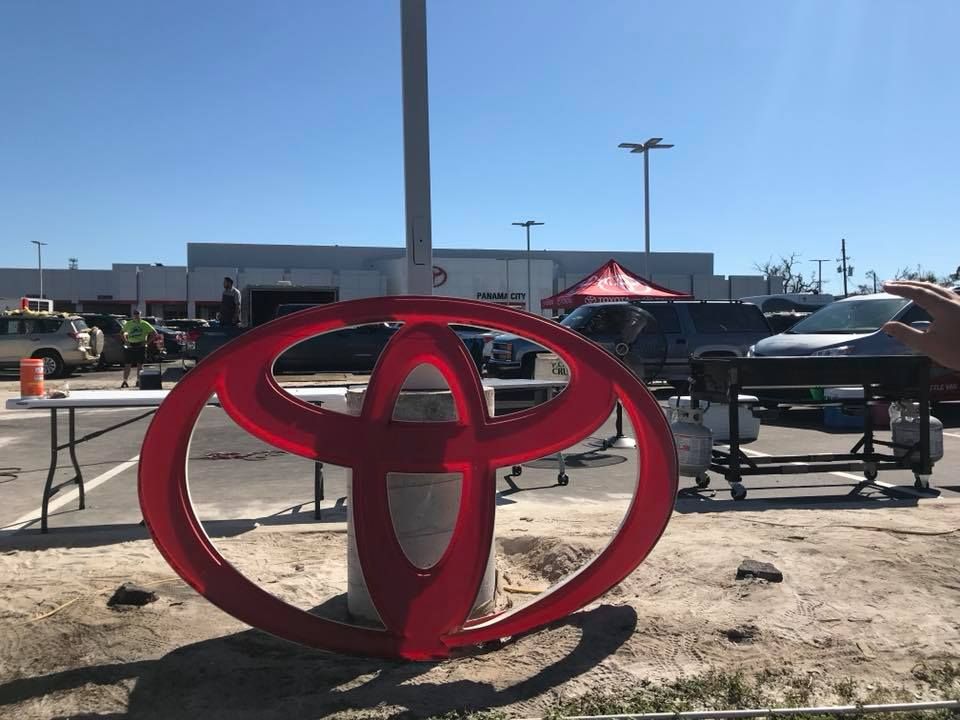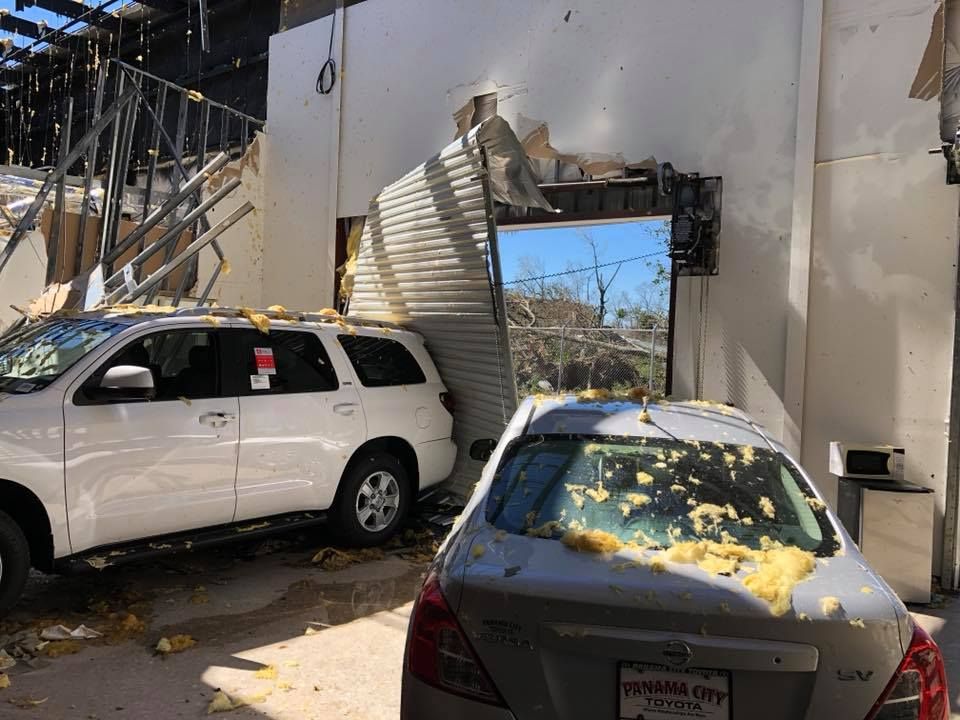
Some examples include Cyber Attacks and data breaches, Dealer Management System outages, internet outages, sudden unplanned management changes, supply chain disruptions, and industrial accidents.
Some examples of critical incidents include accidents causing bodily harm or death, as well as natural disasters, including floods, fires, tornadoes, or even assaults on employees, hostage-taking, and the suicide or murder of a co-worker. A situation can be considered a critical incident when people feel a lack of control, have a shock reaction to the event, and are left feeling very vulnerable.
- Make a list of risks and prioritize them according to likelihood and severity.
- Create a business impact analysis (BIA) report.
- Make a plan to get your business running again.
- Build the plan and be realistic about the cost.
- Test and reassess your plans regularly.
It's great to have a plan, but do your associates know what the plan is and how to execute? While proper planning is essential, the success of your contingency plan also hinges on the support network that helps you implement it.
- Reduce utility costs
- Enhance the environment in and around your dealership
- Potentially earn VSS-E credits
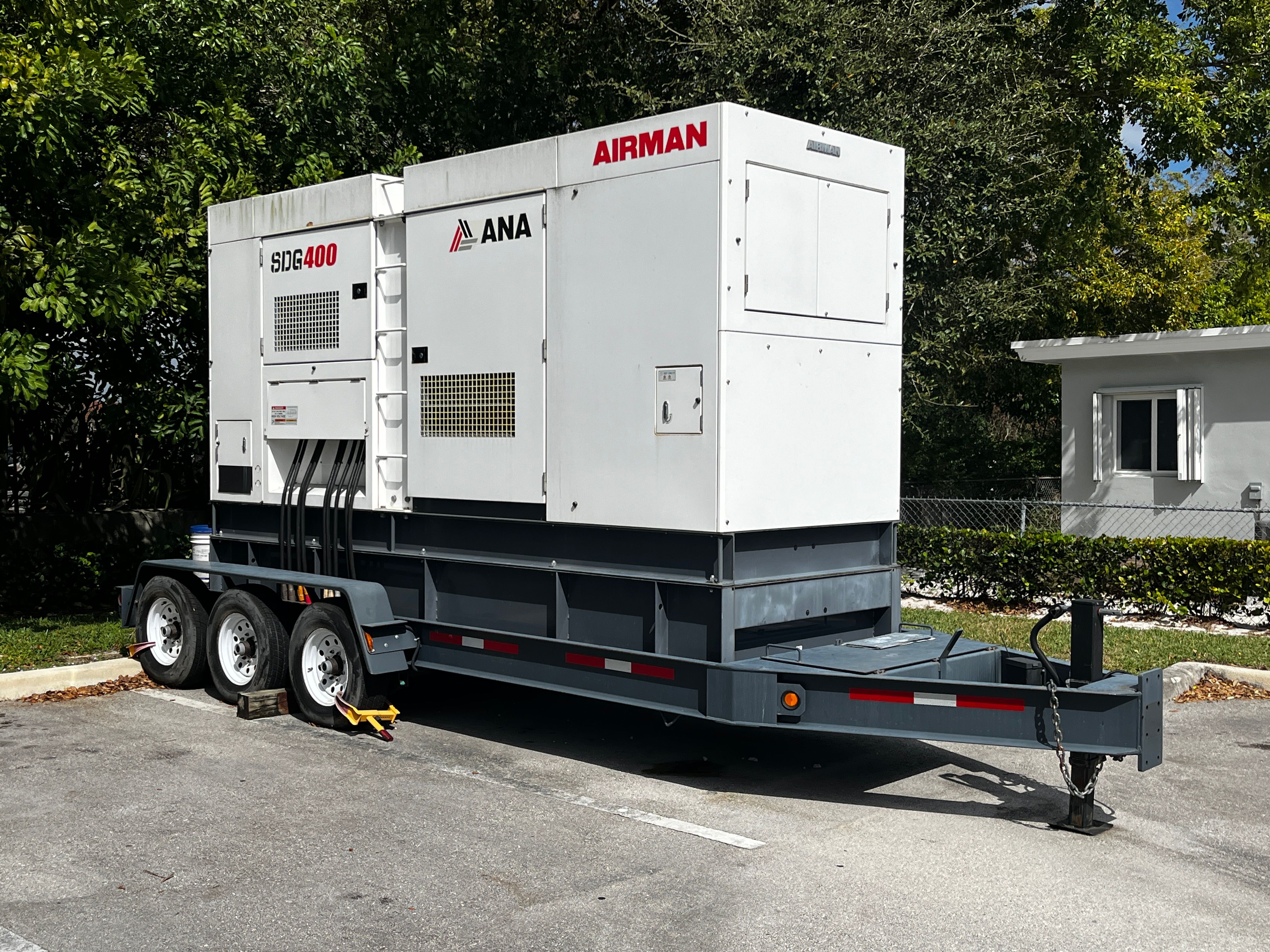
Portable generator features a 480 volt 3 phase
diesel generator capable of powering 80% of
the facility.
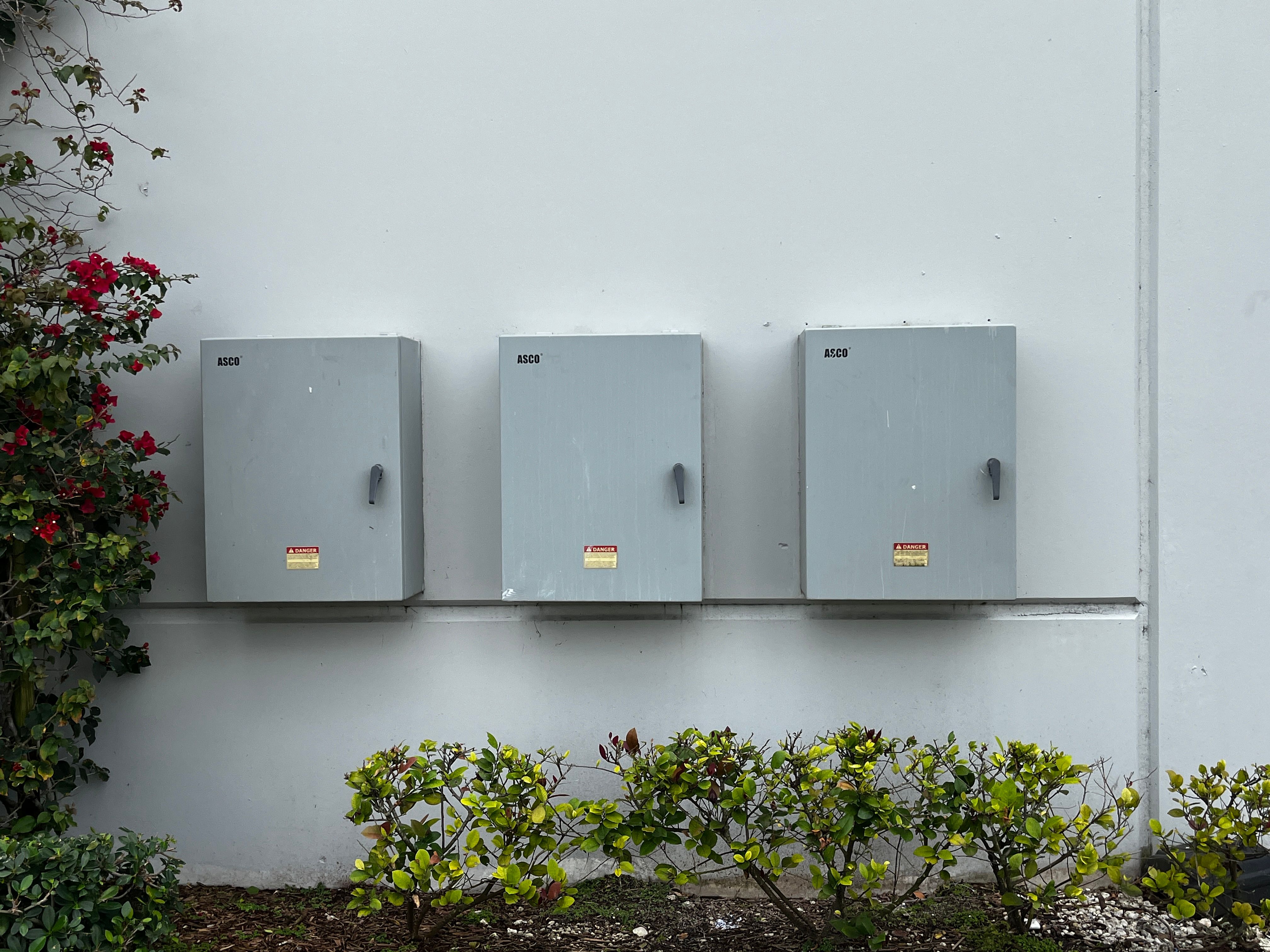
Building was built with emergency preparation in
mind. Building power can be restored by one person.
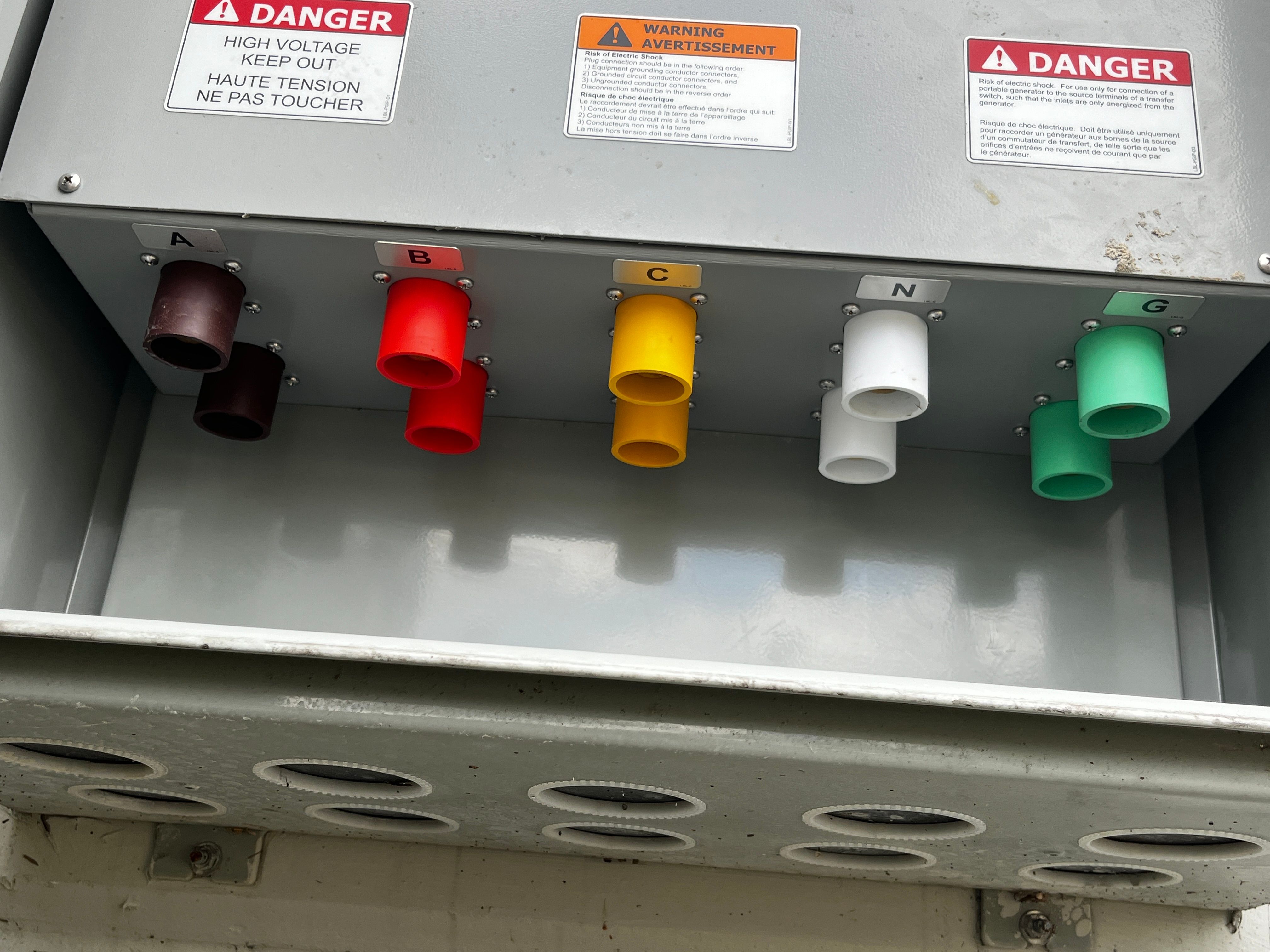
Cables are quick disconnect cam lock style and
color coded to ensure proper connection.

Whole Facility Generator to restore full dealership operations.

Temporary Portable Generator to run primary
operating functions.

Battery Backup Cabinet to keep vital systems operational.
Accompany with a solar power supply for a
worry free set up.


